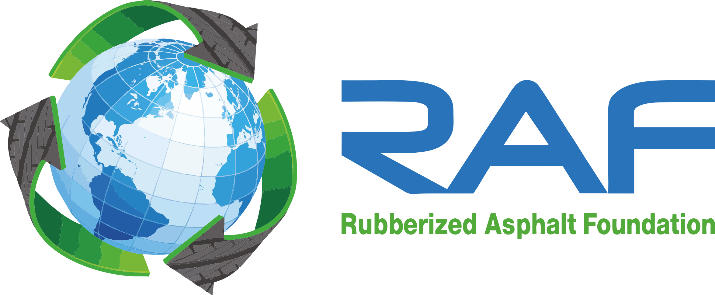Elastomeric Asphalt Extender – A New Frontier on Asphalt Rubber Mixes
The Reacted and Activated Rubber (RAR), as an Asphalt Rubber Binder, is composed of plain soft bitumen, fine crumb rubber, and an […]
The Reacted and Activated Rubber (RAR), as an Asphalt Rubber Binder, is composed of plain soft bitumen, fine crumb rubber, and an […]
Asphalt Rubber (AR) has been used in the United States since 1960s. Because AR binders contain a Crumb Rubber Modifier (CRM) manufactured […]
This paper highlights the aging superiority of asphalt rubber and asphalt rubber hot mixes compared to conventional asphalts and mixes. The paper […]
The use of asphalt rubber aggregate membrane (ARAM) interlayers (ARAMI) in the rehabilitation of flexible and rigid pavement systems has been shown […]
The paper provides a comparison between two different rubberized asphalt binders; namely asphalt rubber and terminal blend. It discusses the two processes […]
The United States Intermodal Surface Transportation Efficiency Act (ISTEA) of 1991 specified that all asphalt pavement projects funded by federal agencies must […]
The California Department of Transportation (Caltrans) has been using scrap tire rubber in asphalt pavements since the 1970s in chip seals and […]
Since the mid 1960’s the state of Arizona in the United States has used a unique asphalt binder called asphalt-rubber (AR) which […]
The objective of this paper is to provide an overview of the basic information about the design and use of asphalt-rubber (AR) […]
In the 1990’s a new binder speciication was introduced, this was the Superpave binder speciication. The Superpave binder speciication is based on […]
